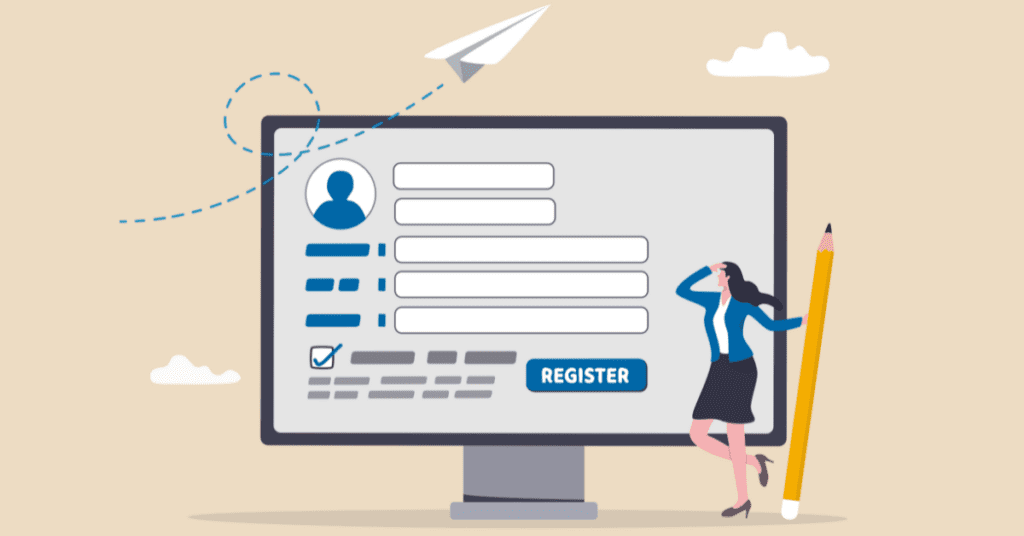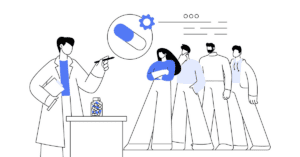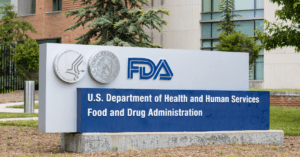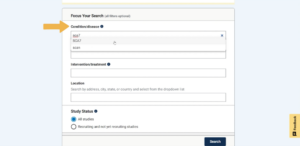
Have you ever wanted to volunteer as an Ataxia research participant? Have you been unsure about how to find out about ongoing research studies? Have you wanted to help researchers better understand Ataxia? One answer to all three of these questions is a patient registry.
A patient registry collects specific data about a particular condition, such as various forms of Ataxia. Collected information may include:
- Basic demographic information
- Health information
- Quality of life information
- Contact information
The information collected in a patient registry is standardized, meaning that it is collected in the same format. This makes patient registries easily searchable to find specific information.
What do Patient Registries do?
An Ataxia patient registry can serve multiple purposes. Some patient registries are used by scientists to contact people interested in volunteering for ataxia research. Information from a registry may lead to better physician decisions and diagnoses, along with better industry models for drug development.
Other registries are used to track how people’s symptoms change over time. This builds up a story of the progression of a specific type of ataxia, called a Natural History Study.
How do Patient Registries Protect my Privacy?
Patient registries protect the privacy of their members by serving as an intermediary between researchers and participants.
The people who run the patient registry will evaluate requests by scientists and clinicians to access the registry. If approved, the registry will share information about potential research directly with registry members. Then registry members can decide whether or not they want to contact the research team. This keeps the registry members’ contact information private.
Sometimes de-identified information is shared directly with researchers. This is group information, that is broad enough that one person can’t be identified. For example, a researcher may ask a registry how many of its members are women living in the United States who have Spinocerebellar Ataxia Type 3. Sharing this number would not identify a specific person.
Each registry will have their own set of rules for how they protect patient privacy. This should be available on their home webpage or in their FAQ section. It is helpful to read this information before completing the registration process.
Why are Patient Registries Important?
Knowledge is power. The more we know about ataxia, the better we will be able to develop treatment options. Ataxia patient registries are a one-stop shop for high-quality ataxia information. Data about the experiences of hundreds or thousands of people with ataxia is gathered in one place. It will take a collective effort to better understand these conditions.
Patient registries can be empowering for people who want to participate in research. It can be challenging to find information about ongoing research studies. Signing up for an ataxia patient registry brings the research information to you.
Should I Sign Up for More Than One Ataxia Patient Registry?
Yes! Signing up for patient registries is definitely a “the more, the merrier” situation. Researchers may only research out to one patient registry to advertise their study. So being a member of multiple registries helps to not miss information.
The drawback of signing up for multiple registries is that you might sometimes get duplicate information. Think of it as being signed up for multiple email lists. Sometimes you’ll get different information shared with you from each list. But every so often you’ll get a duplicate email. If that is something you are alright with, it makes sense to sign up for multiple registries.
What Ataxia Patient Registries are Available?
If you are not currently a member of an Ataxia patient registry, here are a few to consider. This is a non-exhaustive list. However, they are a good place to start.
CoRDS Ataxia Patient Registry
The Coordination of Rare Diseases at Sanford (CoRDS) coordinates the advancement of research into 7,000 rare diseases. The National Ataxia Foundation has partnered with CoRDS to create an ataxia-specific international registry. People with any form of ataxia who are anywhere in the world are eligible to register.
You can register with the CoRDS Ataxia Patient Registry at this link. After you have completed the Activation Form, you will be able to complete questions specific to your condition either online in your account or by mail. If you choose mail-based participation, CoRDS staff will be able to enter your data into the secured registry on your behalf. This registry is available in English.
If you have any questions or need help enrolling, give CoRDS a call at 1-877-658-9192 or email them at cords@sanfordhealth.org. They would be more than happy to assist in any way they can! You can learn more about the details of how joining the CoRDS Ataxia Patient Registry can help advance ataxia research in this article.
ARSACS International Patient Registry
The ARSACS International Patient Registry is an international registry for patients with Autosomal recessive spastic ataxia of Charlevoix-Saguenay (ARSACS). People with an ARSACS diagnosis who are anywhere in the world are eligible to register.
You can register with the ARSACS International Patient Registry at this link. Enrollment is only available online. The registry is available in English, French, Spanish, and Italian. You can learn more about Frequently Asked Questions for the ARSACS International Patient Registry at this link.
A-T International Registry
The A-T International Registry is an international registry for several rare neurodegenerative conditions, including:
- Ataxia-telangiectasia (A-T)
- Ataxia-oculomotor apraxia type 1 (AOA1)
- Ataxia-oculomotor apraxia type 2 (AOA2)
- Ataxia-telangiectasia-like disorder (ATLD)
- Nijmegen breakage syndrome (NBS)
- Nijmegen breakage syndrome-like disorder (NBSLD)
The registry started only with A-T patients, but has since been expanded to include closely related conditions. People with an A-T, AOA1, AOA2, ATLD, NBS, or NBSLD diagnosis anywhere in the world are eligible to register. The registry is available in English, Polish, Hebrew, French, German, and Arabic. You can learn more about registering for the A-T International Registry at this link.
CACNA1A Foundation Patient Registries
The CACNA1A Foundation has two patient registry options, one with RARE-X and one with Ciitizen. Individuals with CACNA1A disorders who are anywhere in the world are eligible to register. This includes Spinocerebellar Ataxia Type 6 (SCA6), Episodic Ataxia type 2 (EA2), and other forms of ataxia or epilepsy caused by changes in the CACNA1A gene. You can learn more about both patient registries at this link.
CureDRPLA Global Patient Registry
The CureDRPLA Global Patient Registry is an international registry for patients with Dentatorubral-pallidoluysian atrophy (DRPLA). People with a DRPLA diagnosis who are anywhere in the world are eligible to register. Ataxia UK and CureDRPLA are the leading organizations behind this registry.
You can register with the CureDRPLA Global Patient Registry at this link. After enrollment, you will be asked to complete a series of questionnaires. The registry is available in English, French, Italian, Japanese, Korean and Portuguese. You can learn more about the CureDRPLA Global Patient Registry in this article.
Friedreich Ataxia Global Patient Registry
The FA Global Patient Registry is an international registry for patients with Friedreich Ataxia. People with a Friedreich Ataxia diagnosis who are anywhere in the world are eligible to register.
You can register with the FA Global Patient Registry at this link. After enrolling in the registry, you will be asked to fill out a Patient Profile and various survey forms online. The registry is available in English, Dutch, French, German, Greek, Italian, Portuguese, and Spanish.
Is there another Ataxia patient registry that we missed on this list? Please reach out and let us know! Email research@ataxia.org.
Read Our Other PrepRARE Articles

Eligibility in Clinical Trials: Learn More about Inclusion and Exclusion Criteria

All About New Drug Applications (NDAs)

What is an Investigational New Drug (IND) application?

Patient Registries – What are they and why do they matter?

Finding Clinical Trial Information Using ClinicalTrials.Gov











